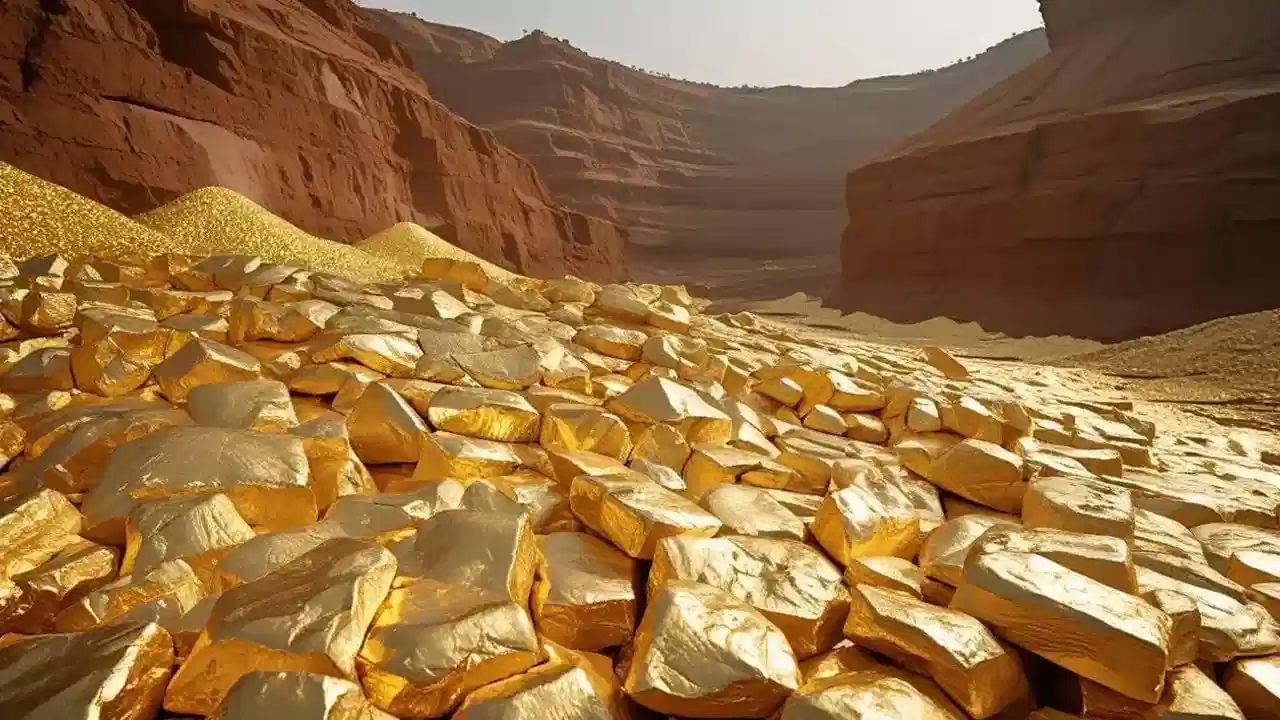The state of Odisha, India, has emerged as the new potential center of gold mining after getting gold reserves in many districts. The Geological Survey of India has recently identified them during the Minerals Exploration Projects. Gaeld stores have been confirmed in the state’s Deogarh (Adasa-Rampalli), Sundargarh, Nabrangpur, Keonjhar, Angul and Koraput, and exploration work is going on in Mayurbhanj, Malkangiri, Sambalpur and Buddha. This became public in March 2025, when Ma Inning Minister Vibhuti Bhushan Jena confirmed these things in the Odisha Assembly.
How much has got gold reserves
No official data has been released so far. However, depending on geological indicators, analysts estimate that the reserves may be between 10 to 20 metric tons, a large amount, although this number is quite modest in the volume of India’s Gold Import. India imported about 700-800 metric tonnes of gold last year. Gold production is very low at the domestic level. By the year 2020, the production of gold in the country was seen only 1.6 tonnes annually. Although gold found in Odisha will not bring any major change in India’s gold landscape, it will open the doors of domestic extra and economic diversification.
Government move and mining possibilities
The Odisha government, Odisha Mining Corporation (OMC) and GSI, are intensifying efforts to commercialize these discoveries. Auction plans for the first gold mining block are going on in Deogarh, which is a significant turn for the state’s minils sector. The GSI is pushing its exploration from G3 (preliminary survey) to G2 level (detail sampling and drilling) to confirm the GSI resources.
Potential economic impact
According to experts, these gold reserves can speed up regional growth. Investment in infrastructure and employment, mining, transportation, local services may increase. The dependence on imports will be low, although its scale is unlikely to change a radical-changes in the balance. Odisha’s mineral exports will diversify, which will strengthen the situation in India’s mining portfolio. The state already has 96 percent chromite, 52 percent bauxite and 33 percent iron ore reserves in the state.
What will happen next?
- Finanizing exploration and lab analysis to determine the quality and extractability capacity of minerals.
- To constitute technical committees to assess professional viability.
- Conducting a transparent mining block auction, which is probably under the guidelines of the MMDR Act.
- To assess environmental and social impact and develop infrastructure for mining works, roads, electricity and water.
